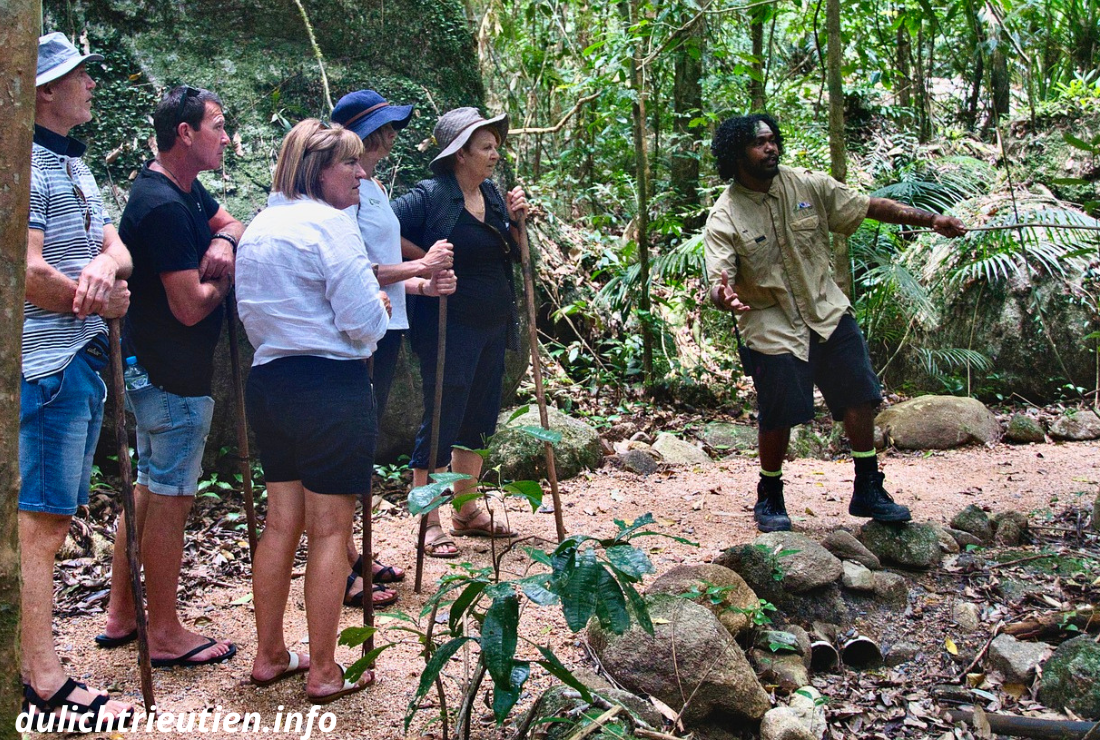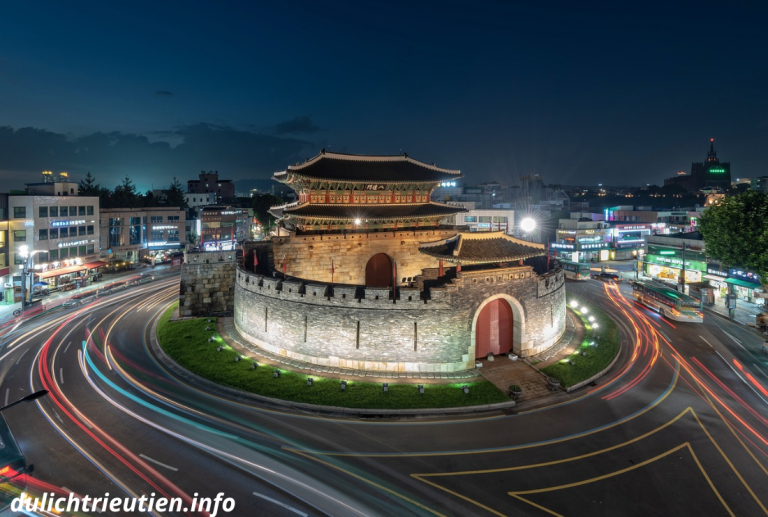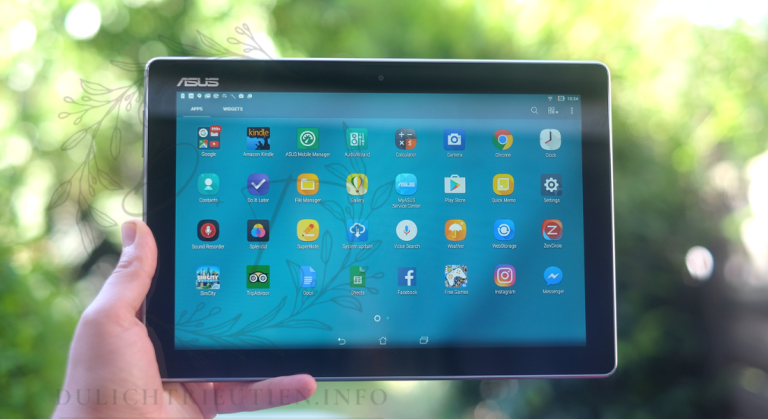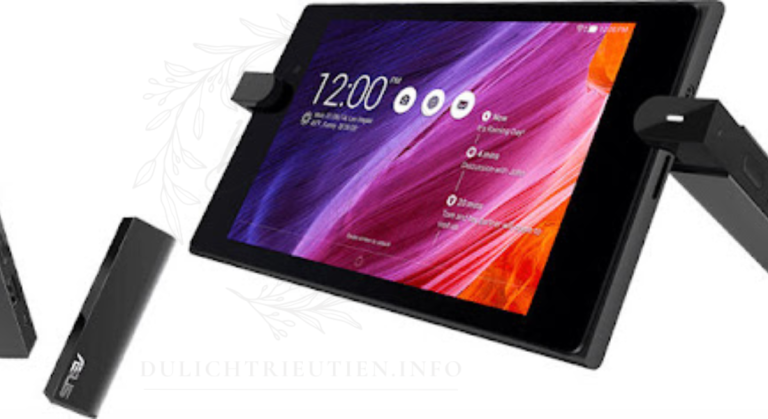
Pyongyang, the capital of North Korea, is a city of grand monuments, striking architecture, and a unique historical and cultural heritage. While tourism in North Korea is highly regulated, visiting Pyongyang offers a chance to see the country’s official narrative and experience its distinct atmosphere. Here’s a guide to navigating Pyongyang, highlighting must-see locations and cultural experiences.
Key Takeaways
- Pyongyang features monumental landmarks, unique architecture, and cultural sites.
- Tours are generally guided and highly structured due to the country’s restrictions.
- Key attractions include monumental squares, museums, and historic sites.
Must-See Locations in Pyongyang
- Kim Il-sung Square
- Description: Kim Il-sung Square is the central square in Pyongyang and a significant location for political events and parades. It is named after the founding leader of North Korea.
- Highlights:
- Architectural Grandeur: The square is surrounded by grand buildings, including the grand Kim Il-sung Palace and the Workers’ Party Building.
- Public Events: The square hosts large public events and parades, which are a display of the country’s political and cultural life.
- Unique Feature: The square’s size and the monumental architecture reflect the country’s emphasis on state symbolism and collective identity.
- Kumsusan Palace of the Sun
- Description: This mausoleum is the resting place of Kim Il-sung and Kim Jong-il, the former leaders of North Korea. It is a site of significant national importance.
- Highlights:
- Imposing Architecture: The palace’s architecture is grand and designed to reflect the leaders’ revered status.
- Honor Guards: The site features honor guards and highly organized tours, showcasing the country’s respect for its leaders.
- Unique Feature: The palace is central to North Korean state ideology and offers insight into the country’s personality cult and historical narrative.
- Juche Tower
- Description: The Juche Tower is a monument dedicated to the Juche ideology, which is the official state ideology of North Korea.
- Highlights:
- Panoramic Views: Visitors can take an elevator to the top for panoramic views of Pyongyang.
- Symbolic Structure: The tower is topped with a flame-shaped beacon, symbolizing the country’s ideological purity.
- Unique Feature: The tower represents North Korea’s unique political philosophy and provides a view of the city’s layout.
- Pyongyang Metro
- Description: The Pyongyang Metro is one of the deepest and least used subway systems in the world. It features ornate stations and is a glimpse into the country’s daily life.
- Highlights:
- Ornate Stations: Some stations are decorated with mosaics, chandeliers, and other grand designs.
- Insight into Daily Life: Riding the metro offers a glimpse into local transportation and the city’s infrastructure.
- Unique Feature: The metro’s grandeur and depth are reflective of the state’s emphasis on public works and urban development.
- Arch of Triumph
- Description: The Arch of Triumph in Pyongyang is one of the largest triumphal arches in the world, celebrating the Korean resistance against Japanese colonial rule.
- Highlights:
- Historical Significance: The arch commemorates the country’s struggle for independence and is an important historical monument.
- Architectural Detail: It features detailed sculptures and inscriptions related to Korean history.
- Unique Feature: The arch’s size and historical significance highlight North Korea’s emphasis on revolutionary history and national pride.
Cultural Experiences
- Mansudae Grand Monument
- Description: This monument features large bronze statues of Kim Il-sung and Kim Jong-il and is a key site for state ceremonies.
- Highlights:
- Monumental Statues: The statues are larger-than-life and surrounded by landscaped gardens.
- Ceremonial Significance: It is a site for important national celebrations and events.
- Unique Feature: The monument is a focal point for understanding the country’s reverence for its leaders and state ceremonies.
- Pyongyang Cultural Center
- Description: The Pyongyang Cultural Center is a venue for traditional performances, including music and dance shows.
- Highlights:
- Performances: Visitors can watch performances showcasing traditional Korean music and dance.
- Cultural Insight: The center provides insight into North Korean art and cultural expression.
- Unique Feature: The performances are a way to experience North Korean culture and artistic traditions firsthand.
- Korean War Museum
- Description: This museum provides exhibits and information about the Korean War from the North Korean perspective.
- Highlights:
- Exhibits: The museum features military artifacts, dioramas, and historical documents related to the war.
- Historical Perspective: It offers a view of the conflict from North Korea’s viewpoint, emphasizing the country’s narrative.
- Unique Feature: The museum’s exhibits reflect the country’s portrayal of its history and military achievements.
- Koryo Museum
- Description: Located in the old Koryo Dynasty capital, the Koryo Museum showcases artifacts and historical items from Korea’s ancient past.
- Highlights:
- Artifacts: The museum’s collection includes ancient ceramics, manuscripts, and royal artifacts.
- Historical Context: It provides insight into Korea’s history prior to the establishment of North Korea.
- Unique Feature: The museum’s focus on ancient Korean history offers a broader context for understanding the region’s cultural heritage.
Practical Information
- Travel Essentials:
- Visa Requirements: Travel to North Korea is highly restricted. Most visitors must travel through authorized tour operators and obtain a visa through them.
- Currency: The North Korean Won (KPW) is the local currency. Foreign currencies are generally not accepted except in certain circumstances.
- Language: Korean is the official language. English is not widely spoken, so guided tours are essential for navigating the city.
- Health and Safety:
- Health Precautions: Ensure you have travel insurance. Check for any required vaccinations before traveling.
- Safety: Follow all local guidelines and instructions from your tour guide. Be aware of the country’s strict regulations and respect local customs.
- Getting Around:
- Transportation: Travel within Pyongyang is usually restricted to guided tours. Public transportation options include taxis and the metro, but tourists typically use organized transportation provided by tour operators.
Conclusion
Pyongyang offers a unique glimpse into North Korea’s political and cultural landscape. From the grand Kim Il-sung Square and Kumsusan Palace of the Sun to the panoramic views from Juche Tower and the historical significance of the Arch of Triumph, the city is filled with monumental and symbolic sites. Cultural experiences, such as performances at the Pyongyang Cultural Center and visits to museums, provide deeper insights into the country’s history and ideology. Due to the country’s travel restrictions, guided tours are essential for navigating and understanding this fascinating and complex city.
FAQ
What is Kim Il-sung Square known for? Kim Il-sung Square is a central landmark in Pyongyang, known for its grand architecture and as a site for major public events and parades.
Can visitors tour the Kumsusan Palace of the Sun? Yes, visitors can tour the Kumsusan Palace of the Sun, which is the mausoleum of North Korea’s former leaders, Kim Il-sung and Kim Jong-il.
What can I see at the Juche Tower? The Juche Tower is dedicated to the state ideology of Juche and offers panoramic views of Pyongyang from its observation deck.
What is the significance of the Arch of Triumph? The Arch of Triumph in Pyongyang commemorates the Korean resistance against Japanese colonial rule and is one of the largest triumphal arches in the world.
What cultural experiences are available in Pyongyang? Visitors can experience traditional Korean music and dance performances at the Pyongyang Cultural Center and explore museums such as the Korean War Museum and Koryo Museum.
How should I prepare for a visit to Pyongyang? Travel to Pyongyang requires booking through authorized tour operators. Ensure you have necessary travel documentation, follow local guidelines, and adhere to tour regulations.




